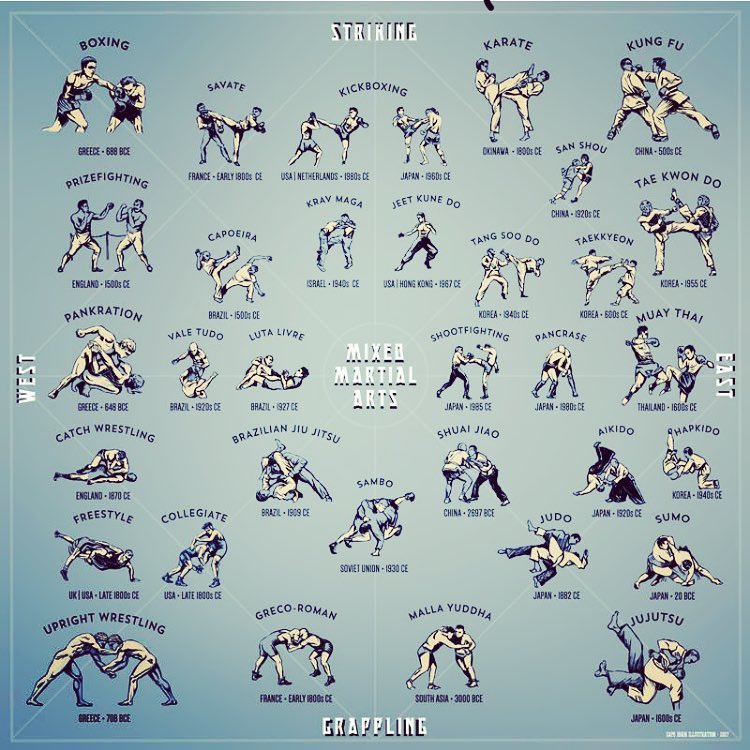Exactly How Do The Discipline-Centered Method Of Conventional Martial Arts And The Competition-Driven Nature Of Contemporary Battle Sporting Activities Differ? Discover The Substantial Differences That Can Shape Your Experience
Exactly How Do The Discipline-Centered Method Of Conventional Martial Arts And The Competition-Driven Nature Of Contemporary Battle Sporting Activities Differ? Discover The Substantial Differences That Can Shape Your Experience
Blog Article
martial arts crossword clue -Camp Finnegan
When you consider martial arts, do you lean much more towards the standard practices or the modern battle sporting activities? Each path provides distinct benefits and experiences, formed by their philosophies and training methods. Standard martial arts emphasize personal growth and self-control, while modern battle sports concentrate on competition and efficiency. Comprehending these differences can lead you in selecting the right technique for your trip. Yet just how do these differences manifest in training and ideology?
The Philosophy and Background Behind Traditional Martial arts
While lots of people connect martial arts with physical battle, the approach and history behind traditional martial arts run much deeper. You'll discover that these disciplines stress personal development, self-control, and regard.
Stemming from ancient techniques, conventional martial arts were typically developed for Self-Defense and spiritual growth. They symbolize concepts such as balance, harmony, and self-discipline, leading professionals past plain battling abilities.
As you train, you'll not only learn strategies however additionally obtain understandings right into the culture and worths that shaped these arts. The rituals and traditions, often passed down via generations, cultivate a feeling of neighborhood and belonging.
The Competitive Nature of Modern Fight Sports
Modern combat sports have actually changed the landscape of martial arts into an extremely affordable sector, where professional athletes challenge in a test of skill, technique, and endurance.
You'll see that competitions are frequently arranged with strict guidelines and regulations, making sure fair game and safety. These events attract big audiences, fueling the enjoyment and intensity of matchups.
Professional athletes educate carefully, not just for physical prowess however also for psychological toughness, understanding that every detail counts in the ring. The adrenaline thrill throughout competitors is palpable, as fighters push their limitations to declare success.
Suggested Web page appreciate the athleticism and creativity involved, making modern fight sports a thrilling phenomenon that remains to develop and mesmerize fanatics worldwide.
Training Approaches and Techniques: A Comparative Analysis
The affordable ambience of modern battle sports needs ingenious training techniques that differ dramatically from typical martial arts.
In modern training, you'll focus on certain strategies, competing, and conditioning, usually using drills that replicate genuine fight circumstances. You'll see an emphasis on quantifiable performance and frequent competitors to evaluate your skills.
In contrast, typical martial arts focus on kinds, katas, and philosophical mentors, typically stressing discipline and respect over competitors.
Training is generally less extreme and may involve repetitive technique rather than real-time sparring.
While both methods build ability and fitness, contemporary fight sporting activities offer an extra vibrant and adaptable training setting, preparing you for instant challenges in the ring or cage.
Choose the path that straightens with your objectives and interests.
Conclusion
In choosing in between conventional martial arts and contemporary fight sports, it actually boils down to what you value most. If you're searching for individual development, self-control, and a sense of community, traditional arts might be your finest fit. However if you thrive on competition and real-time obstacles, contemporary combat sports could be the way to go. Ultimately, both paths provide one-of-a-kind advantages, so it's all about straightening your training with your personal goals and passions.
